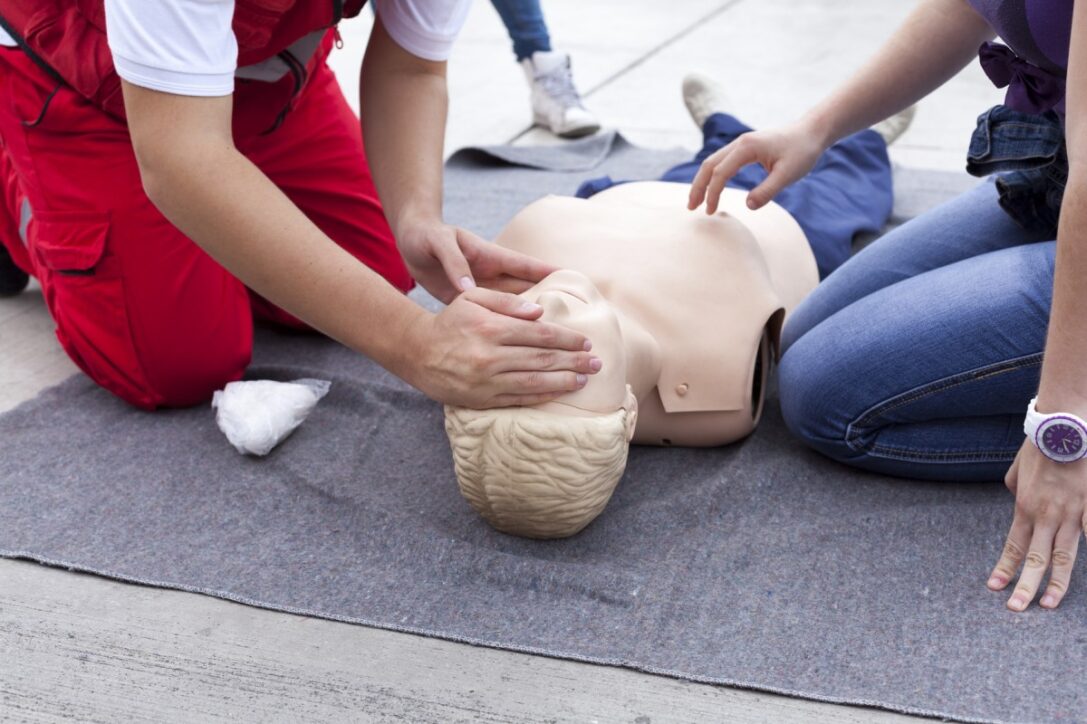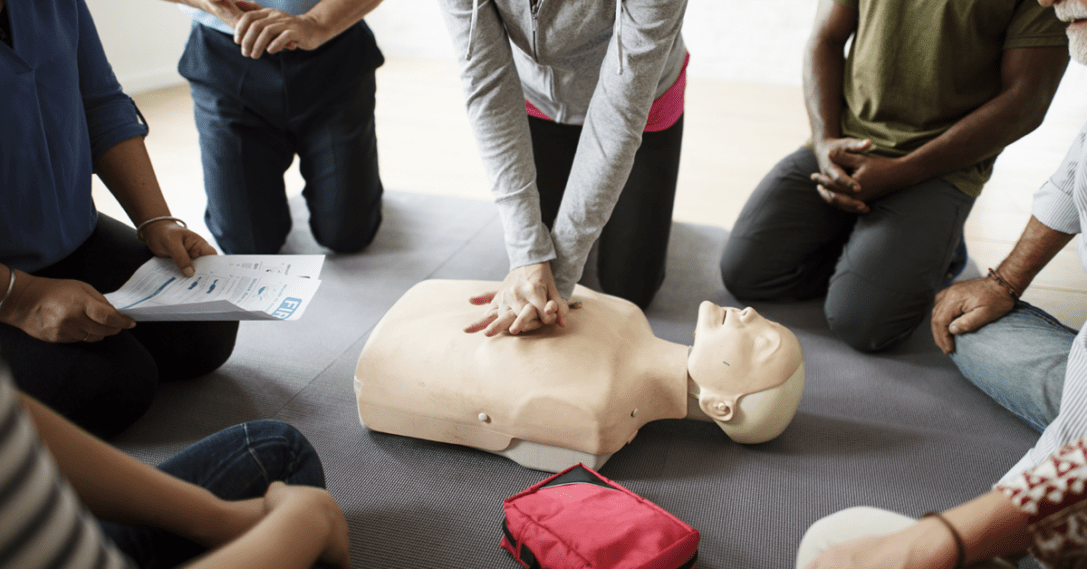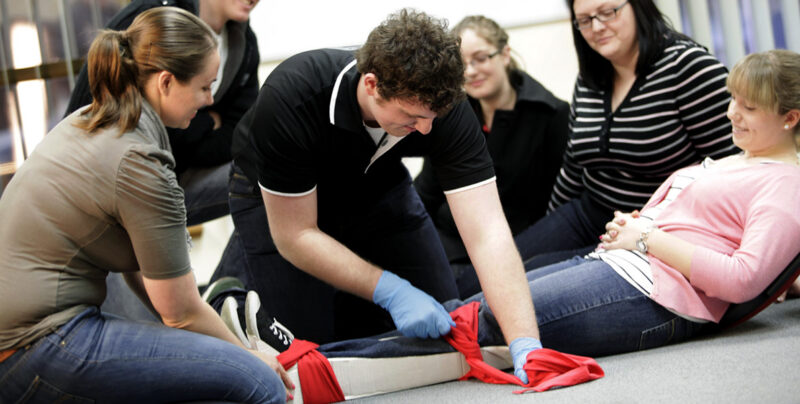Workplace First Aid Training: What to Expect and How to Prepare
Accidents can happen anywhere, including the workplace. From minor injuries to life-threatening emergencies, it’s crucial for employees to be equipped with the knowledge and skills to respond effectively. That’s where workplace CPR (Cardiopulmonary Resuscitation) and first aid training comes into play. This article explores what you can expect from such training and how you can prepare for it.
What to Expect?

This training typically involves a combination of theoretical knowledge and practical skills. Here’s what you can expect:
Theory and Instruction – It will start with an overview of basic first aid principles, including the primary goals of first aid, the importance of quick response, and the ABCs of emergency care (Airway, Breathing, Circulation). You will learn about common office injuries and illnesses and how to recognise and assess them.
CPR Techniques – Cardiopulmonary Resuscitation (CPR) is a vital skill taught in the workplace. You can learn how to perform CPR on adults, children, and infants, including techniques like chest compressions and rescue breaths. It may also cover the use of automated external defibrillators (AEDs).
Wound Care and Bandaging – Treating wounds and controlling bleeding is another crucial aspect. You will learn how to clean and dress wounds, apply appropriate pressure to stop bleeding and immobilise injured body parts using bandages and splints.
Choking and Respiratory Emergencies – It will cover techniques for helping someone who is choking and responding to respiratory emergencies such as asthma attacks and allergic reactions. You’ll learn how to administer first aid in these situations, including the use of inhalers and epinephrine auto-injectors.
Medical Emergencies – It will address common medical emergencies that can occur in the office, such as heart attacks, strokes, seizures, and diabetic emergencies. Furthermore, you will learn to recognise the signs and symptoms of these conditions and provide appropriate first aid while awaiting medical professionals.
Simulation and Practice – Workplace CPR and first aid training often include hands-on practice to reinforce the skills and knowledge acquired. You will have the opportunity to simulate emergency scenarios and practice the techniques you’ve learned under the guidance of trained instructors. This practical experience helps build confidence and ensures you can apply the skills effectively in real-life situations.
Taking Hamilton CPR training provides individuals with the knowledge and skills needed to effectively respond to life-threatening emergencies, potentially saving lives in the process. Additionally, this training can help boost confidence and preparedness, empowering individuals to take action in high-pressure situations.
How to Prepare for This Training?

To make the most of your corporate CPR and first aid training, the following are a few steps to help you prepare:
Familiarise Yourself with the Workplace – Be aware of the potential hazards and risks specific to your workplace. Understanding the layout and location of emergency exits, first aid kits, and AEDs can be invaluable in emergency situations.
Read Up on Basic First Aid – Before the training, familiarise yourself with basic first aid principles and techniques. Numerous online resources, books, and videos can provide an introduction to first aid.
Dress Appropriately – Wear comfortable clothing and closed-toe shoes during the sessions, as you may need to participate in practical exercises.
Mental Preparation – Understand that the training may include scenarios that simulate high-pressure situations. Mentally prepare yourself to remain calm and focused during these exercises.
Ask Questions – Come prepared with any specific questions or concerns you may have. The instructors are there to guide you, so take advantage of their expertise.
Practise Regularly – Once you’ve completed the sessions, continue to practice the techniques periodically to maintain your skills. Consider refreshing your knowledge through online courses or attending refresher sessions to stay up to date with the latest guidelines.
Conclusion

Workplace CPR and First Aid training are invaluable investments in employee safety and well-being. By undergoing it, employees gain the knowledge and skills to respond effectively in emergencies, potentially saving lives and minimising the impact of workplace accidents. Be prepared, engage in the training with an open mind, and remember that your newfound skills can make a massive difference when it matters most.



